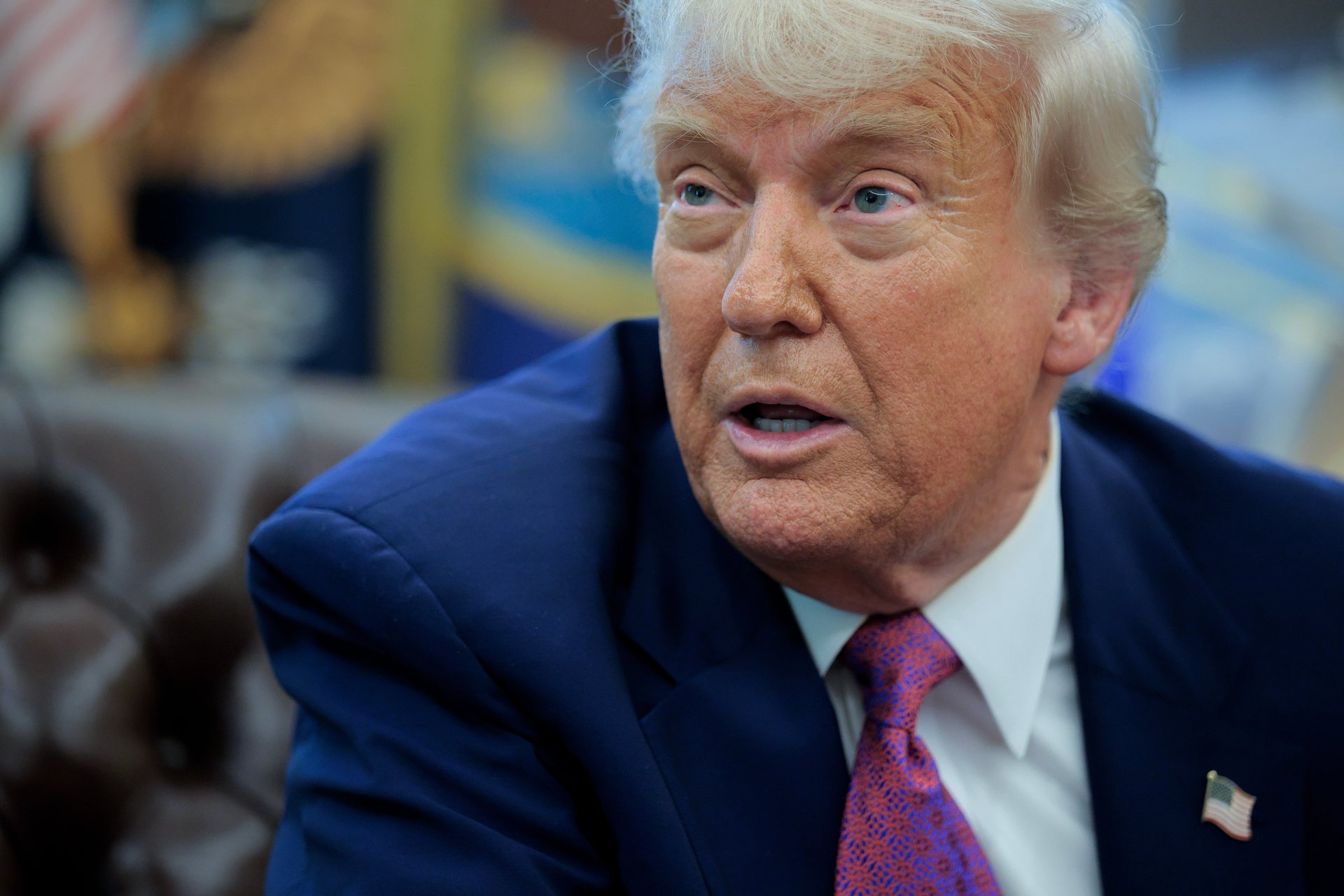The bond market is breathing a little easier after Trump delayed E.U. tariffs
Treasury yields slipped after Trump walked back the idea of opening a new front in the trade war

Treasury yields fell on Tuesday with bond markets a little more reassured that a new front in the trade war won’t be opened in the near future.
Suggested Reading
The thirty-year Treasury yield dropped five basis points to 4.984% as stock futures surged. Meanwhile, the ten-year Treasury yield had shed four basis points to 4.475% at the time of publication.
Treasury bonds buttress the cost of U.S. borrowing at all levels, particularly consumers in the form of mortgages and car loans. Yields move in the opposite direction of bond prices, so a falling yield signals more confidence from investors in lending to the U.S. government. A higher yield means investors are demanding more in return for the risk of buying U.S. debt.
On Sunday, President Donald Trump walked back his threats to impose a 50% tariff on E.U. imports on July 1 following a phone call with Ursula von der Leyen, president of the European Commission. Trump said he intends to follow through with tariffs on July 9 instead if there isn’t a trade deal in place.
E.U. officials were optimistic. “They agreed both to fast-track the trade negotiations and to stay in close contact,” European Commission spokesperson Paula Pinho told reporters on Monday. “It’s positive to see that there’s engagement also at the level of the presidents, and from our side, we always said that we were ready to make a deal.”
Trump’s trade wars have unsettled investors and shaken the bond market in recent weeks. Last week, an auction for 20-year Treasury bonds went poorly, with investors increasingly worried about the U.S.’s economic future in the long-run and the growing size of its debt.
The big domestic GOP policy bill that’s crawling through Congress is only partly paid for, likely fueling anxiety about the sturdiness of U.S. bonds, the New York Times reported.
